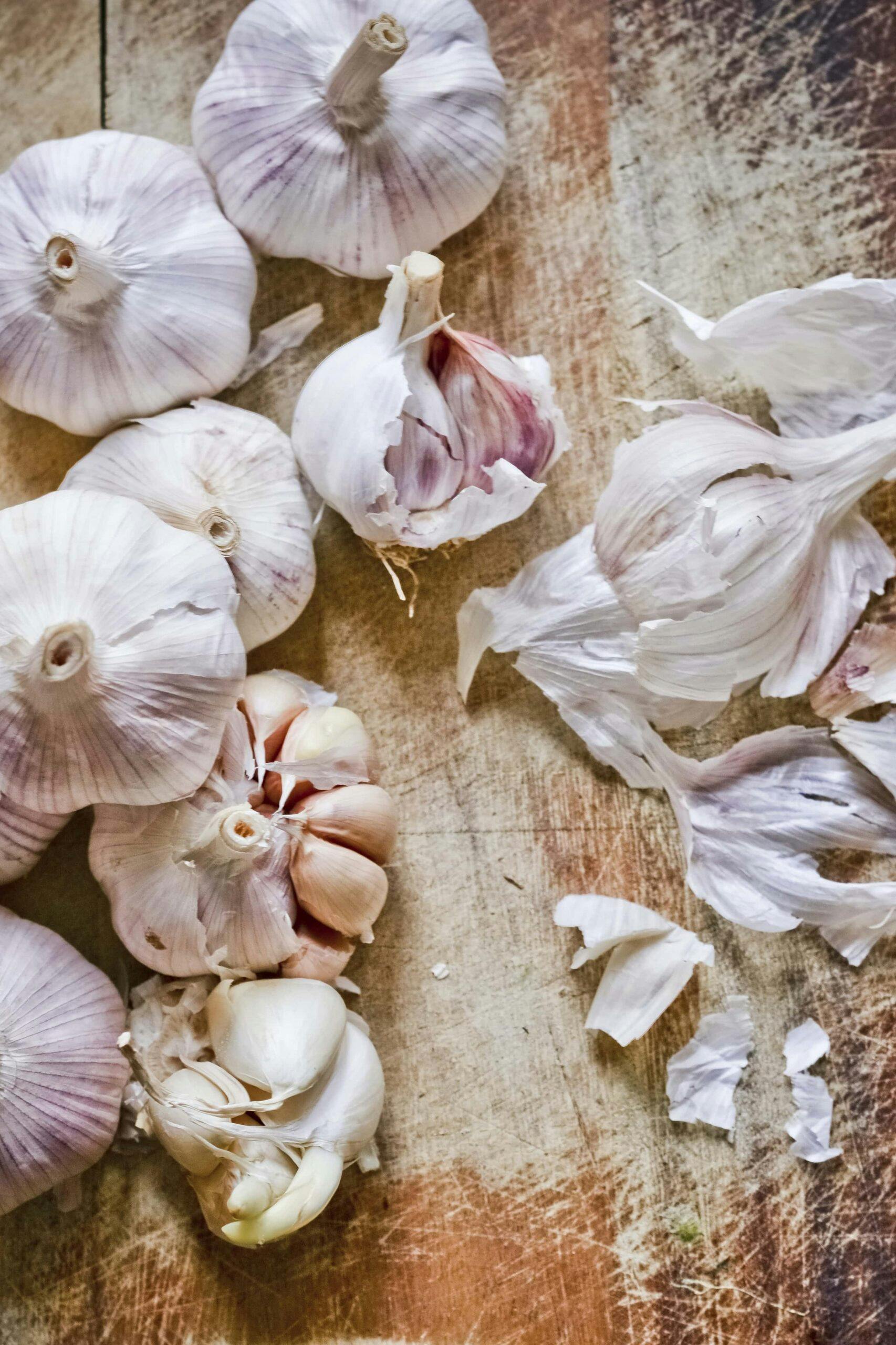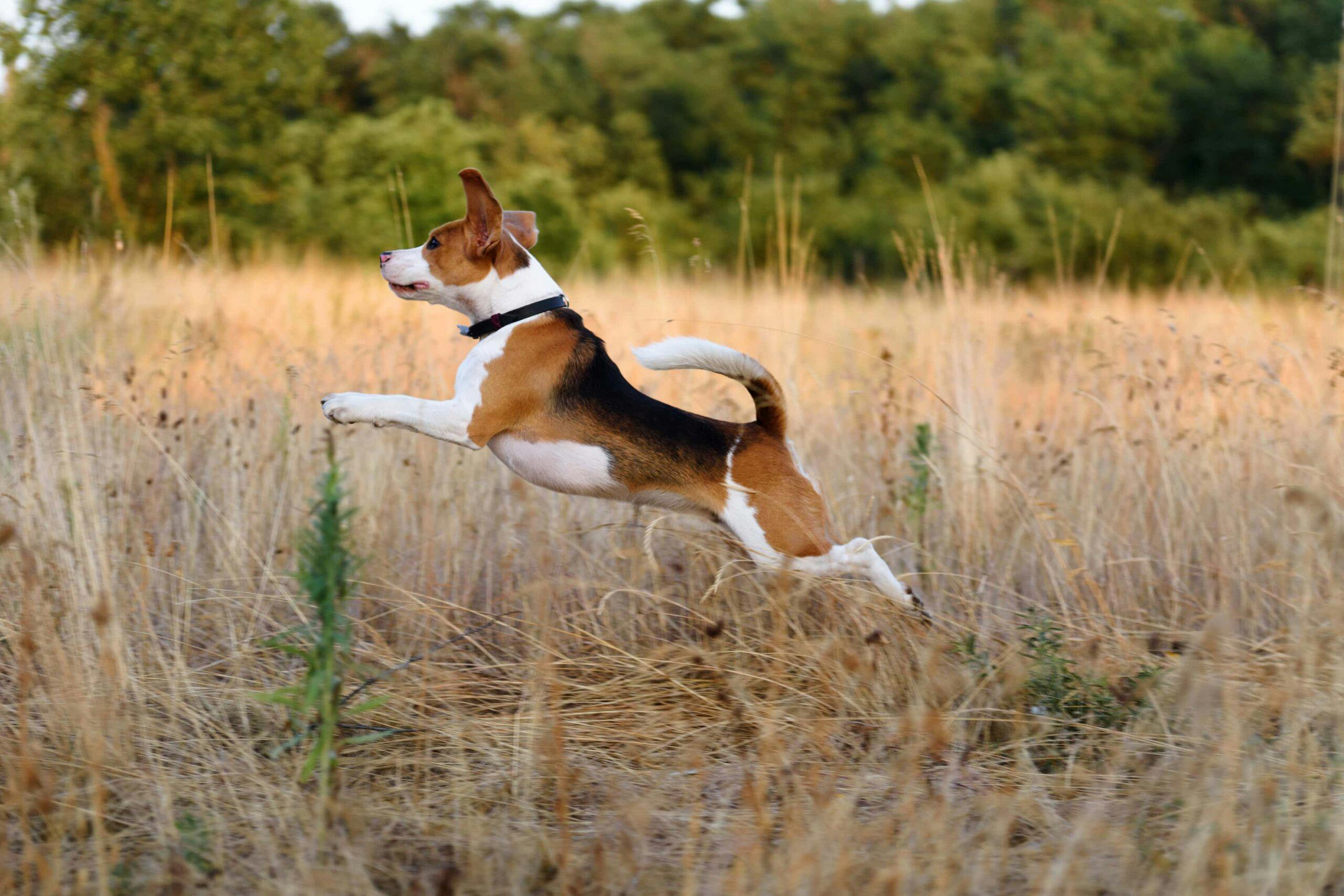Feed rates are the hardest to pinpoint since there are so many variables like the age of the dog, its activity levels, and we all know how tricky it can get if there is competition involved with other pets for their food.
Just like with humans, each dog’s dietary needs is unique. There are tons of feeding plan generators and diets based on a dog’s size. But so many factors play into your pup’s optimal meal plan. We’re firm believers that the best way to get your dog’s perfect feeding plan is to hear directly from the experts. That’s why we offer free consultations with our in-house pet nutritionists.
Our products have a very high feed rate and therefore require less to obtain an equivalent amount of energy compared to most commercially available pet food.
As a general rule of thumb, feed 20 grams per kilo of body weight of the dog. So, for example if your pet weighs 10kg, feed about 200 grams of feed per day, and that’s total feed amount. This weight includes any additional foods like dry food or extra vegetables, treats etc. If you have a big dog of 30kg, then around 600 grams total food per day.
Another simple way to work this out is as a percentage of body-weight (start by feeding the lower ranges, it is better for their health if they’re slightly under rather than overweight). Based on BARF diet guidelines:
Healthy dogs that are not exercising
Feed 2% – 3% of bodyweight per day – divided into one or two meals
Working, Racing, Active Dogs
Feed 3% – 6% of bodyweight per day when actually working or active (Feed 2% – 3% of bodyweight per day when not active or working).
Puppies – Small to Medium Breeds
Feed 3% – 5% of bodyweight per day – divided into 3 to 4 small meals
Puppies – Large and Giant Breeds
Feed 2% – 4% of bodyweight per day – divided into 3 to 4 meals. It is important to ensure that these puppies grow slowly. Feed soft raw bones daily.
Pregnant (in whelp) Female Dogs
For the first two thirds of pregnancy, feed 2% – 3% of bodyweight per day – divided into one or two meals. For the last third of pregnancy increase this to 3% – 4% of bodyweight per day – divided into two or three meals.
Lactating Female Dogs
Depending on litter size and the age of the puppies, feed from between 3% and 6% of bodyweight per day – divided into two or three meals. With large litters feed according to appetite.
Keep an eye on your dog’s weight and adjust feed rates as required to maintain their correct weight. Be sure to always have fresh clean water available for your pet.
If your dog is gaining weight, then simply reduce your feed rate to regain that perfect body, or increase the feed rate if your pet is losing weight and it’s not to their benefit. A varied diet is the ideal way to be sure that your pet is receiving all the nutrients they require.
Please check with your vet if you have any special feed needs or dietary requirements.
Tucker Tub
We've been crafting dog food using fresh ingredients from local farms in country Victoria since our inception over 25 years ago. As one of the pioneers of natural dog food in Australia, we understand what's best for different breeds - including those with food sensitivities and allergies.

